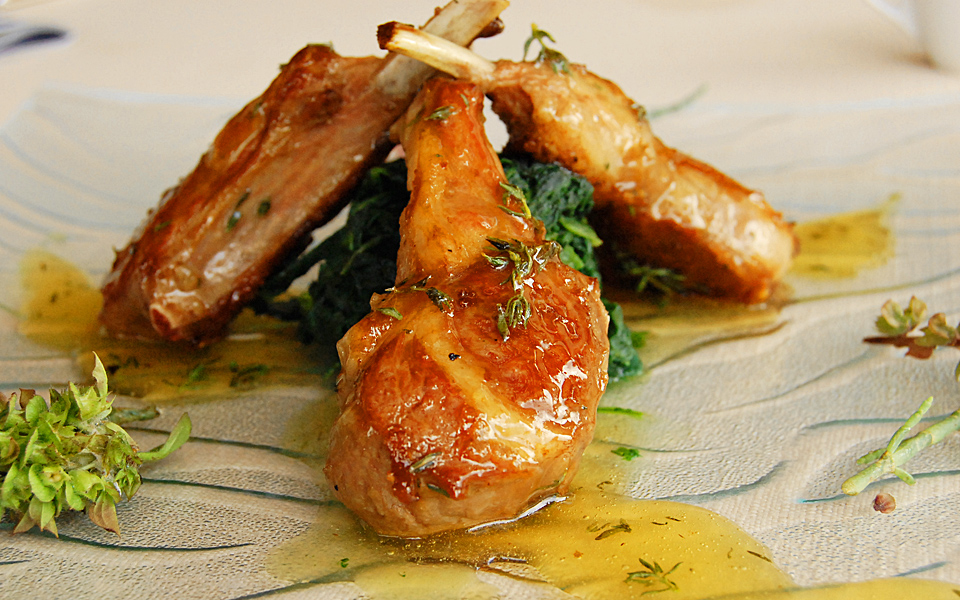Olives & Oil
What charms me more than the colors of Halkidiki’s olive groves in the changing seasons is the dedication and care shown by the people who grow and harvest their fruit, carefully making sure they’re not bruised or dented while still turning the whole harvesting process into a party. The most prevalent olive variety for olive oil production is the black Hondrolia, a PDO product that is widely exported.
Edible olives are also produced in abundance: black, green, sliced or wrinkled, with their stones in or stuffed with cheese, pepper, garlic or truffle. The rich and oily green olives are a breakfast staple, served in slices on a piece of bread with tomato, garlic, goat cheese and sea fennel. They are also used in cooking as a condiment, adding flavor to octopus, meat stews and chicken dishes.
When paired with Halkidiki’s olive oil, they are small gastronomic wonders. The special texture and flavor of this olive is the result of mild winters, its excellent adaptation to the region and the right timing in the collection – when the fruit is still green and unripe. When they’re destined for oil production, the olives are crushed as soon as they’re harvested, creating Halkidiki’s famed early-harvest olive oil, or agourelaio. This oil has been granted PDO status by the EU and is distinguished for its rich fruity aroma, as well as its low acidity levels and antioxidant properties. Another PDO product is Galano Metaggitsiou Halkidikis olive oil, produced exclusively in Metaggitsi in Sithonia. It is made with two varieties of olive: 90 percent Strongilolia (Galani or Prasinolia) and 10 percent Hondrolia, a variety that is grown almost nowhere else because of the particular climate and soil in this particular area.
“The rich and oily green olives are a breakfast staple, served in slices on a piece of bread with tomato, garlic, goat cheese and sea fennel.”
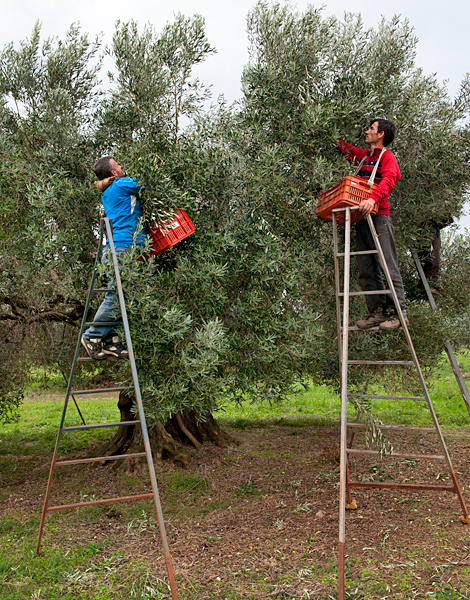
© Stella Spanou
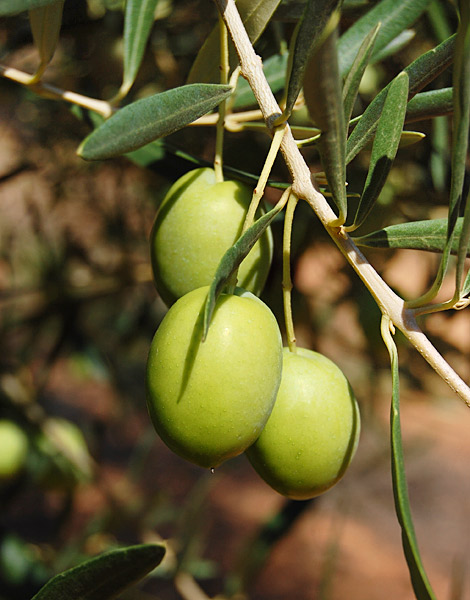
© Stella Spanou
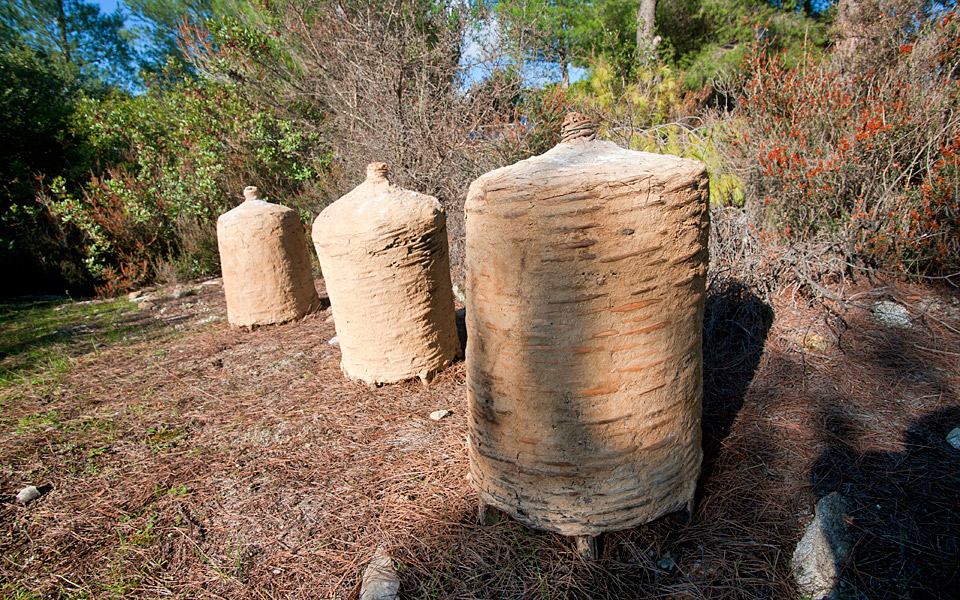
© Stella Spanou
Honey
Aristotle believed that honey was man’s most important source of nutrition, and it is produced in abundance in his birthplace. Wherever you look in Halkidiki – in the north, in Kassandra or Sithonia – you will see beehives dotting hills and forests. The bees feed on pine, lime, almond and chestnut trees, as well as on erica and wild strawberry blossoms. The climate is also ideal for them to produce some of the best honey in the world, rich in nutritional properties and in flavor.
Local producers are well-organized in cooperatives and have done such a great job promoting their products, that Halkidiki honey is served at almost every hotel in the region. It’s also used by bakers and sweet-makers (loukoumades, dough fritters slathered in honey and a sprinkling of cinnamon, is a classic) and can be found in several meat dishes or served with cheese. Pine honey is the main variety produced in the region, but smaller quantities of blossom and chestnut honey are also available.
“Wherever you look in Halkidiki – in the north, in Kassandra or Sithonia – you will see beehives dotting hills and forests.”
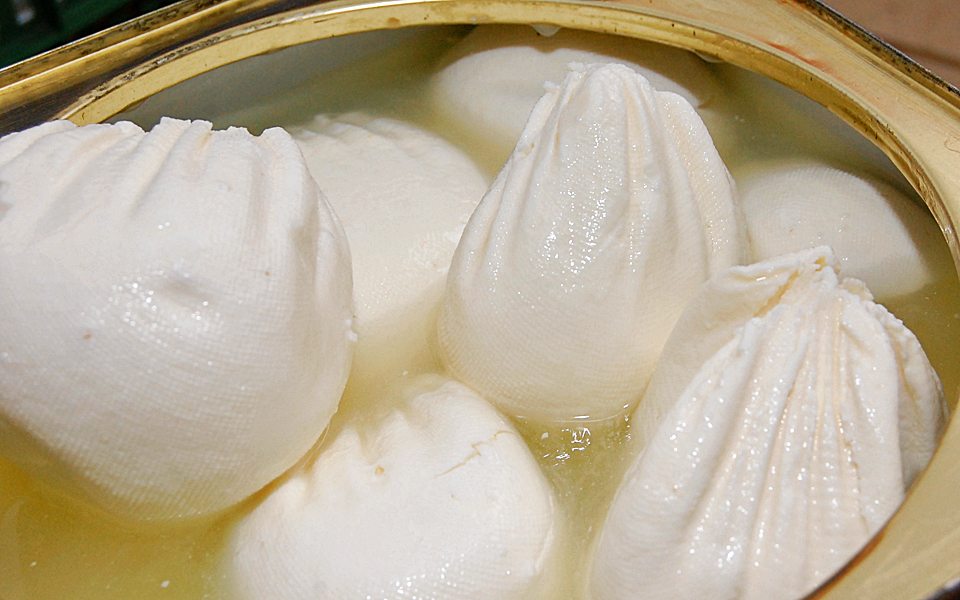
© Stella Spanou
Dairy
Livestock farmers have been breeding sheep and goats since ancient times in Halkidiki. Their milk is used for many dairy products – feta, organic goat cheese, myzithra, graviera and even butter – all with a rich, clean and pure taste. You should try them all, but if you’re visiting in Easter make a special effort to get your hands on a slice of galatopita, a dessert made with milk, lots of eggs and sugar.
Meat
Beef, lamb, goat and pork dishes feature prominently in the local cuisine. Pork in particular is used to produce amazing sausages, discreetly scented with herbs and orange. In Sykia, on the Sithonia peninsula, you may come across a herd of wild grazing cattle. These belong to the Sykia breed, a protected species that gives rich, red meat with a distinctive flavor. The best souvlaki in the region, meanwhile, is said to come from the village of Aghios Prodromos in the mountains of Central Halkidiki.
“The best souvlaki in the region, meanwhile, is said to come from the village of Aghios Prodromos in the mountains of Central Halkidiki.”
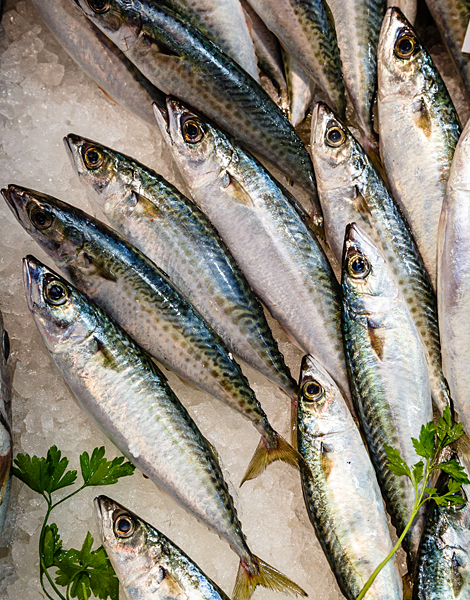
© Stella Spanou
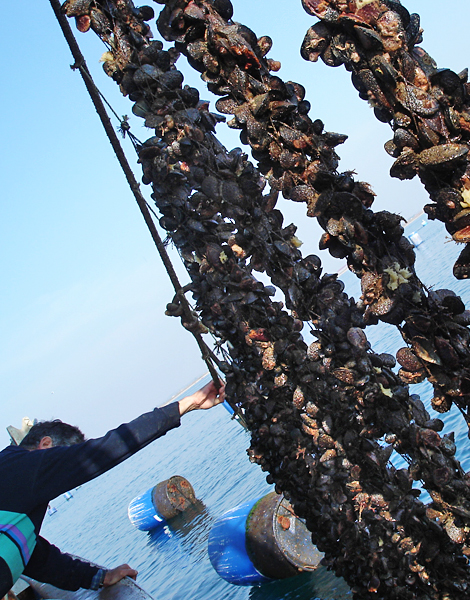
© Stella Spanou
Shellfish & Fish
The Strymonian Gulf provides all the nutrients necessary for one of Halkidiki’s most famed products since pre-Ottoman times: Olympiada mussels – rich in protein and omega-3, low in fat and three times richer in iron than calf liver – stand out for their size and immense flavor.
At the local mussel farm, they are collected daily, washed carefully, sorted and flash-frozen to preserve their freshness. Mussels aside, it goes without saying that you’ll have great fresh seafood in Halkidiki. The local fishermen take care of that, trawling the seas that they know like the back of their hand and selling their catch at the Ichthyoskala Fish Market in Nea Moudiana. Seafood always hold pride of place at the family table: salted bonito and tuna, fleshy octopus marinated in vinegar, marinated anchovy fillets, eel, trout and mackerel smoked in traditional ovens, are just some of what you’ll find.
“Mussels aside, it goes without saying that you’ll have great fresh seafood in Halkidiki.”
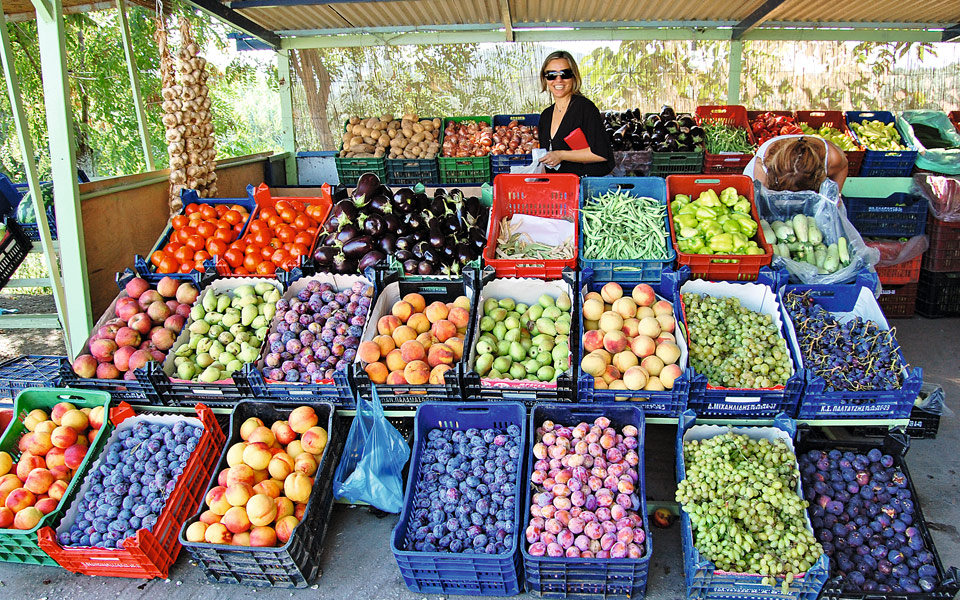
© Stella Spanou
Fruit
Halkidiki produces a lot of fruit, but it is most famous for its apricots from Portaria, eaten fresh off the tree or made into marmalade or preserves. Quince is another favorite. It is served as a sweet puree or grated and mixed with almonds; it’s also used for sweetening chicken and pork casseroles. The area also yields rich harvests of tomatoes, peaches, pears and pistachio nuts.
Mushrooms & Herbs
Mushrooms grow in abundance on the highlands of Halkidiki: Caesar’s mushrooms, kind boletes and wild truffles, among many others, are collected and used in traditional recipes such as mushroom pie with cheese. The area is also a paradise for wild herbs and healing plants: bloodwort, elder, rosemary, eucalyptus, thyme, oregano, thistle, bay, mint, ironwort and lemon balm are just a few of the plants that grow there.

